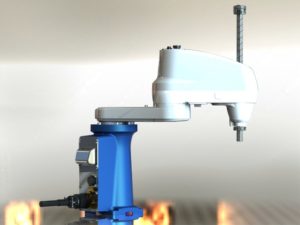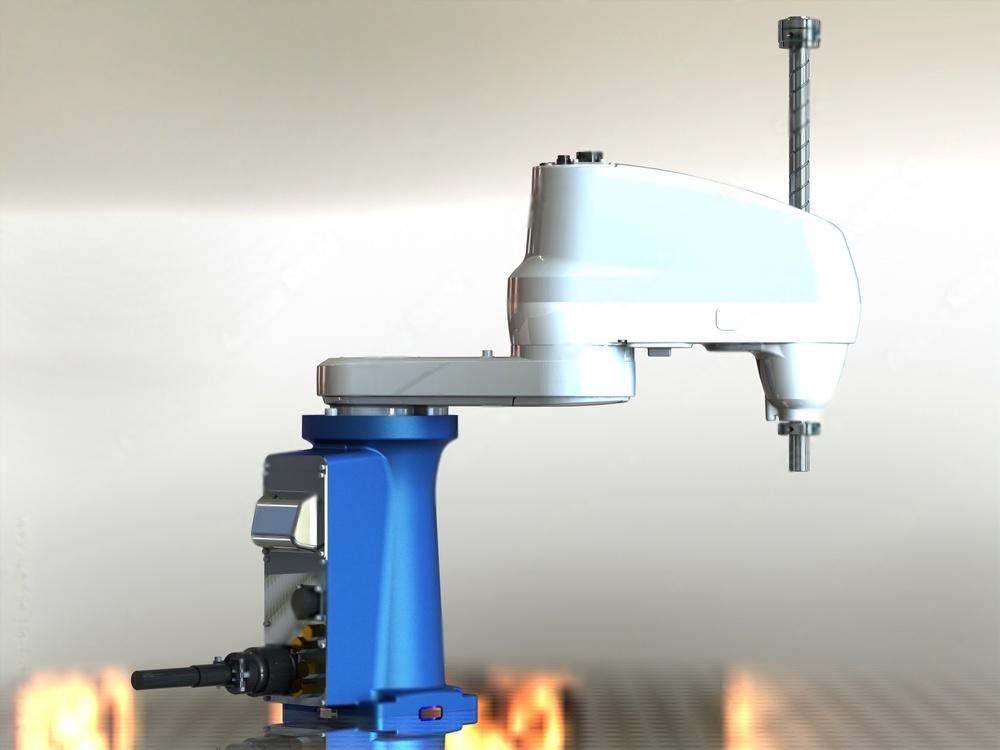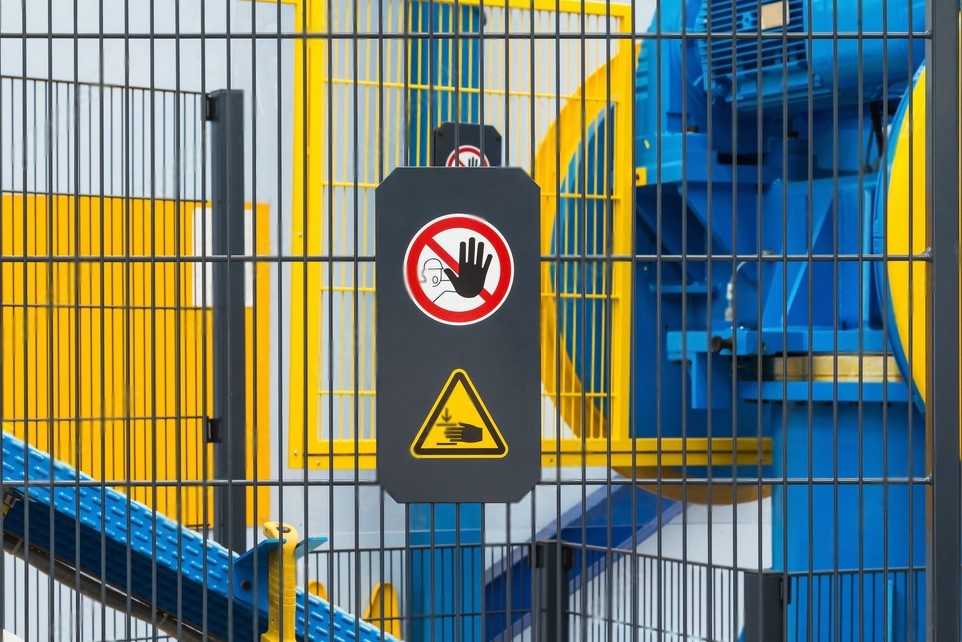Dentistry is one field where technology has transformed the way oral health care is provided. From digital imaging to 3D printing, technology has already made significant contributions to the field of dentistry. However, the use of robotics is an emerging trend that is set to revolutionize the field. In this blog post, we will explore the future of robotics in dentistry and how it is set to change the way oral health care is delivered.
- Automated Dental Procedures: One of the main benefits of robotics in dentistry is that it enables automation of dental procedures. Robotic arms can be programmed to perform a range of tasks, including tooth cleaning, drilling, and filling. This not only reduces the need for manual labor but also improves precision and accuracy, leading to better outcomes for patients.
- Improved Patient Comfort: Robotics in dentistry also offers the potential for improved patient comfort. Robotic instruments can be designed to be more ergonomic and gentle, reducing discomfort for patients. Additionally, robotic systems can be used to create more efficient treatment plans that minimize the amount of time a patient needs to spend in the dental chair.
- Remote Dentistry: Another area where robotics is set to make a big impact is in remote dentistry. Robotic systems can be used to remotely diagnose and treat patients in remote areas where access to dental care is limited. This can help to improve oral health outcomes for patients who may not have had access to care otherwise.
- Data Analytics: Robotics in dentistry also has the potential to generate valuable data that can be used to improve treatment outcomes. Robotic systems can collect data on patient outcomes, treatment efficacy, and other variables that can be used to optimize treatment plans and improve overall patient care.
- Augmented Reality: Finally, robotics in dentistry is set to transform the way dental professionals visualize and plan treatments. Augmented reality systems can be used to create 3D models of a patient’s mouth and teeth, allowing dentists to plan and visualize treatment options in greater detail than ever before.








